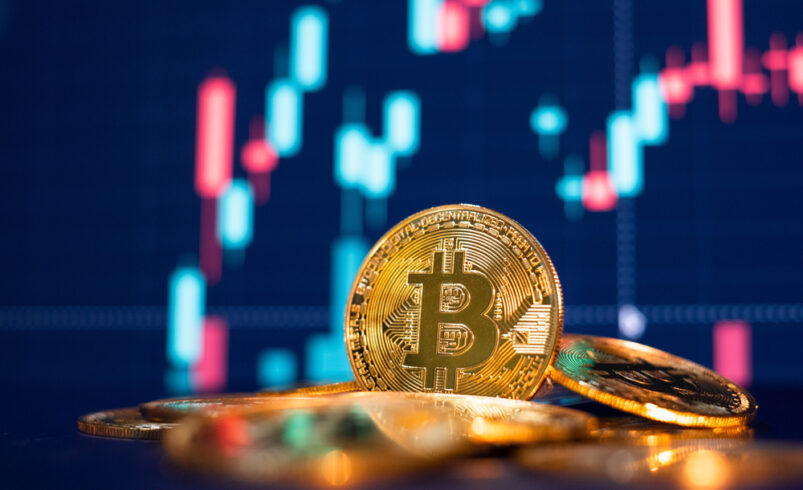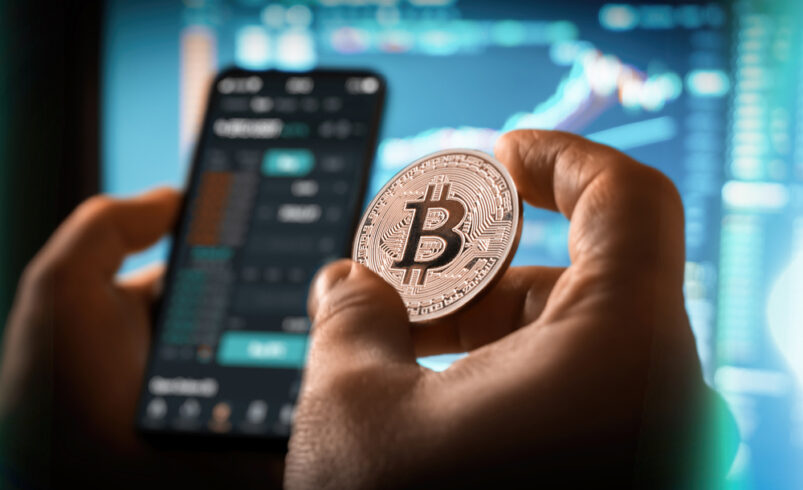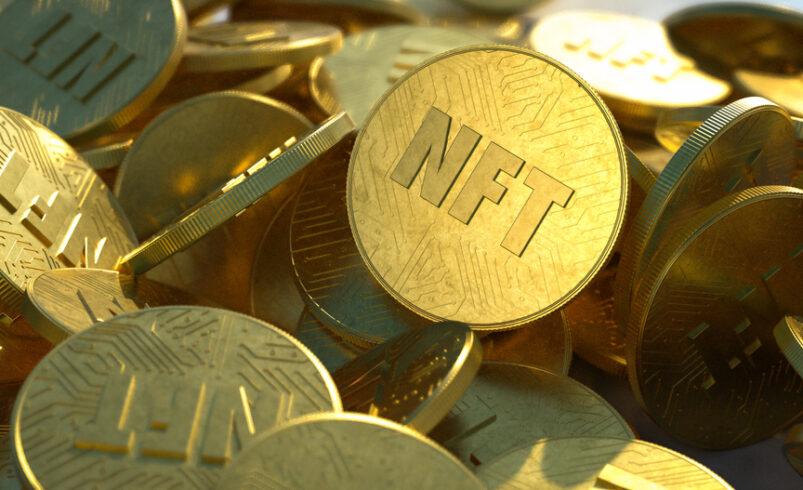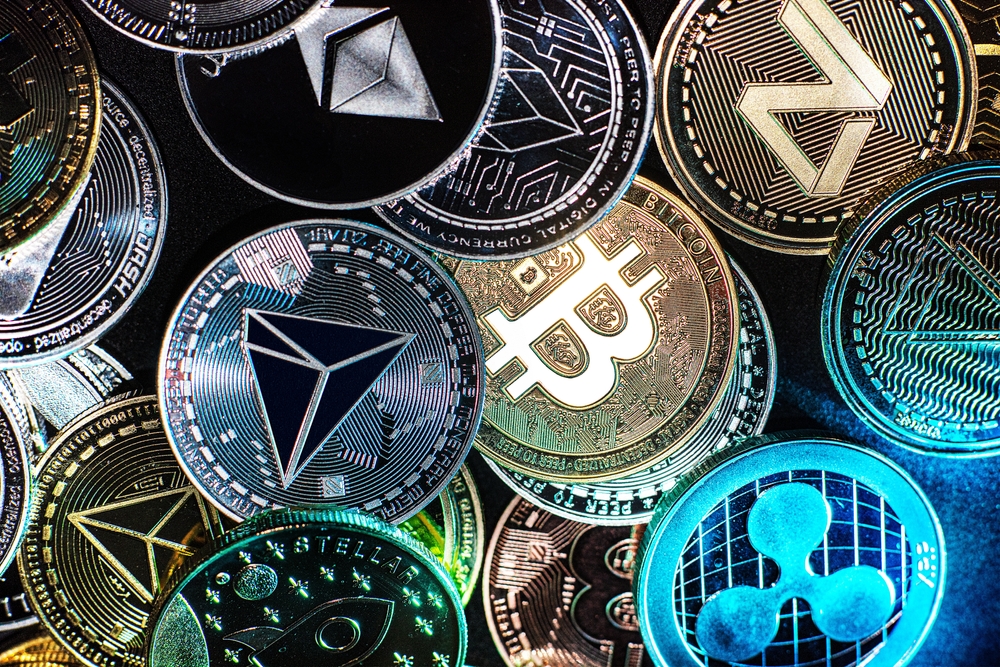What You Need To Know About Bitcoin Halving

In Bitcoin halving, the reward for mining Bitcoin is halved after every set of 210,000 blocks is mined.
By halving the reward for mining Bitcoin as more blocks are mined, Bitcoin halving ensures that the amount of Bitcoin in circulation doesn’t increase exponentially, which also tends to put upward pressure on its price.
How It Works
The reward for mining a block drops by half for every 210,000 blocks mined. In Bitcoin’s early days, the reward for the first 210,000 blocks was 50BTC. After more blocks were mined and more Bitcoins were in circulation, the first 210,000 blocks were mined by 2012, and the reward was cut in half to 25BTC.
In 2016, the second set of 210,000 blocks were mined, and the reward was reduced to 12.5BTC. The latest halving took place in May 2020, after reaching 630,000 blocks (the third set of 210,000 blocks), and the reward is now 6.25 BTC per block.
210,000 blocks are mined in roughly four years. Therefore, Bitcoin halving occurs every four years. In 2024, it will happen again.
Bitcoin and Block Mining: What are They?
A Bitcoin block is a file containing 1MB of Bitcoin transactions. As more transactions occur, the number of blocks storing information on these transactions increases, which in turn increases the size of the Bitcoin blockchain. On December 13, 2020, the Bitcoin blockchain had grown to 308 gigabytes (GB), up from 4.52GB in December 2012.
Bitcoin miners compete to add the next block to the blockchain. Using powerful computers, miners solve complex mathematical problems to generate a 64-character hash key that locks the block. For doing so, miners are rewarded in the form of Bitcoin in their Bitcoin Wallet.
Why Bitcoin Halving Occurs
Bitcoin is limited to 21 million units. Upon reaching 21 million Bitcoins, the creation of new Bitcoins will cease. Due to the Bitcoin halving, the amount of Bitcoin that can be mined with each block decreases, making Bitcoin more scarce, and ultimately more valuable.
With each halving, the incentive for mining Bitcoin would decrease. Bitcoin halvings, however, typically coincide with huge surges in the price of Bitcoin, which provides miners with the incentive to mine more, even though their rewards have been halved.
Bitcoin miners are encouraged to continue mining due to price increases. Miners may lose the incentive to create more Bitcoins if Bitcoin doesn’t increase in price and block rewards are halved. Bitcoin mining requires a lot of computational power and electricity, and can be very expensive.
The Relationship Between Bitcoin’s Price and Bitcoin Halving
The price of Bitcoin increases in correlation with the halving of Bitcoin. It should be noted, however, that price is not only affected by halvings, but also by several other factors.
- After the first halving in 2012, Bitcoin’s price rose from $11 to $12. It rose to $1,100 within one year.
- In 2016, the Bitcoin network reached 420,000 blocks, and the second halving took place. The price of Bitcoin fluctuated between $500 and $1,000 for a few months before shooting up to $20,000 by December 2017.
- Another bull run for Bitcoin began with the third halving in May 2020. Bitcoin was trading around $9,000 when the halving occurred. By December 2020, Bitcoin was trading around $20,000.







